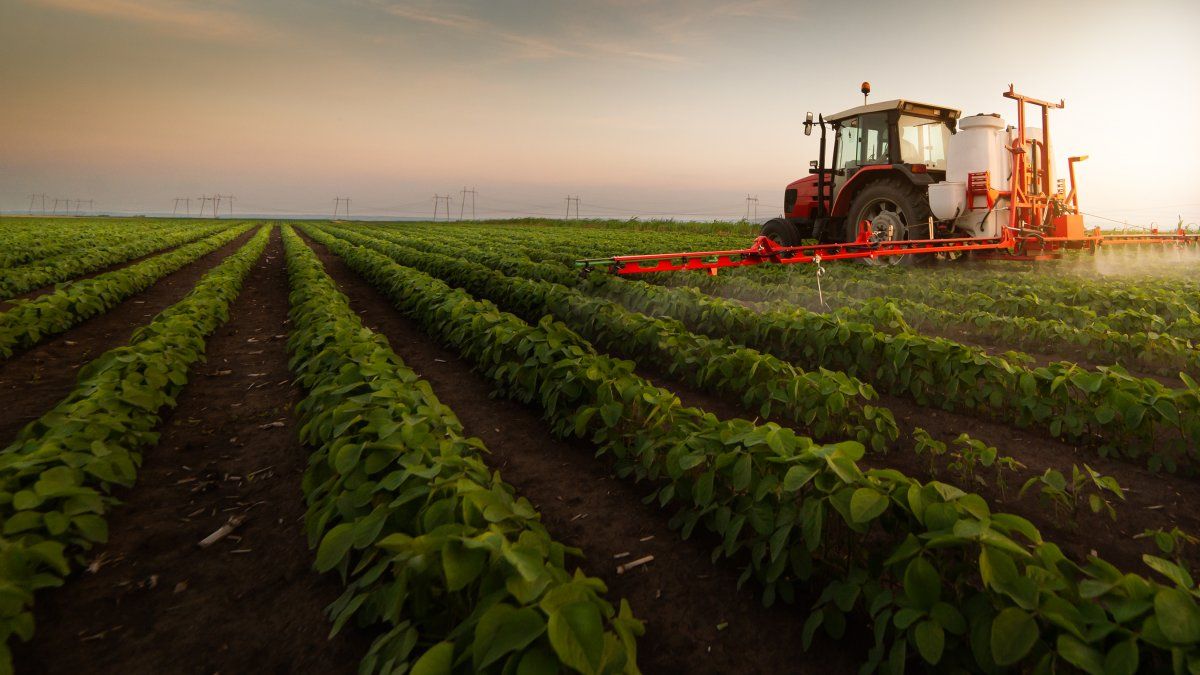The announcement of the Minister of Economy Sergio Massa It ratifies the political will of a sector of Peronism to rebuild a relationship that was considered lost and to be able to plan a joint vision of the country together with the agricultural sector. The reopening of the Exporter Increase Program it will allow the promotion of agricultural exports; and at the same time, benefit various sectors of the regional economies, those that generate more than 300,000 direct jobs throughout Argentina.
That friction that was generated with resolution 125, after 15 years, is recomposed again and strengthens the ties between the main figures of Peronism and the agricultural sector. This old dichotomyuseful in its rhetoric for social movements and conservative sectors with strong belonging to the world of agriculture, begins to lose strength through the economic policies carried out by the ruling party, where it seeks to alleviate the effects of the drought; not only with the goal set to increase the reserves of the Central Bank; but to remove devaluation pressure on the official dollar, which is the date, one of the main causes of the high levels of inflation that affects Argentine society as a whole, and mainly, the humblest sectors of our country
Last year, with decree 787/2022, the first edition of the well-known “soybean dollar”. He Exporter Increase Program it achieved the mission of strengthening the treasury, with the stimulation of genuine income, product of the sale of merchandise with low incidence in the value chains of national supply; and also generate a social and productive reinvestment system to support the most vulnerable sectors and small agricultural producers.
The conflict between Russia and Ukraine affected the global supply of agri-food products and fuel and energy, generating a considerable increase in energy costs worldwide and in the country, raising the prices of some agricultural commodities. Our country is a relevant world exporter of soybean manufactures, but at the same time of other products, such as cotton, wine, barley and honey. With the measure of a new dollar for the regional economies and for these products, the position of these goods in the international market will improve.
It should be noted that Argentina It is the 12th country in area and cotton production, while yield is in 20th place, according to the USDA. Let us remember that cotton is not only an input in the textile industry but is also used in the agricultural, food, cosmetic and industrial industries. For example, the seeds and meal can be used as animal feed, the shells as fertilizers, the oil as a compound for food products and makeup, or as biofuel. Cotton production 90% of the cotton is located in the provinces of Santiago del Estero (46%), Chaco (29%) and Santa Fe (15%). It is also present in Salta (6%), Formosa (2%), and San Luis (2%).
As far as the wine industry is concerned, Argentina is the fifth world producer of wine and the main exporter of must globally. Viticulture is one of the most important agro-industrial activities in our country. It is concentrated in the western provinces, covering more than 230,000 cultivated hectares, with a predominance of grapes suitable for making wine and must (92.2%), with a low percentage of grapes for fresh consumption (5.7%) and for raisins (1.9%). The number of wineries is 884, of which 634 are in Mendoza, 121 in San Juan and 129 in the other wine-producing provinces.
For its part, barley production increased significantly in the last two decades for various reasons. One of them due to the replacement of wheat and greater profitability in the system with second-rate soybeans, at the same time the opening of the forage barley market, as a consequence of the great drought that affected Russia and Ukraine in 2010. Production increased from 1,700,000 tons in 2009/2010. And for this campaign a production of 5,300,000 is expected. Around 60 % of the barley grain was destined for export and the main destinations refer to the industrialization of the grain as barley malt, primary input in obtaining beer, and the use of the grain as fodder for animal supplement.
And honey production in Argentina is the fourth worldwide according to the latest data from the Observatory of Economic Complexity (OCE) behind China (458,100 tons), Türkiye (104,077) and Iran (79,955).
This productive situation for the goods of the regional economies, with the new PIE, will allow a greater insertion of our products in the Asian and European markets; and in the short term it will allow reversing the worst first quarter of foreign exchange income from agriculture since 2008.
The more robust the reserves of our central bankwe will have greater autonomy to finance an import substitution model where agriculture is complementary to economic growth and Argentine industrial development.
BRICS + representative in Argentina
Source: Ambito
David William is a talented author who has made a name for himself in the world of writing. He is a professional author who writes on a wide range of topics, from general interest to opinion news. David is currently working as a writer at 24 hours worlds where he brings his unique perspective and in-depth research to his articles, making them both informative and engaging.




